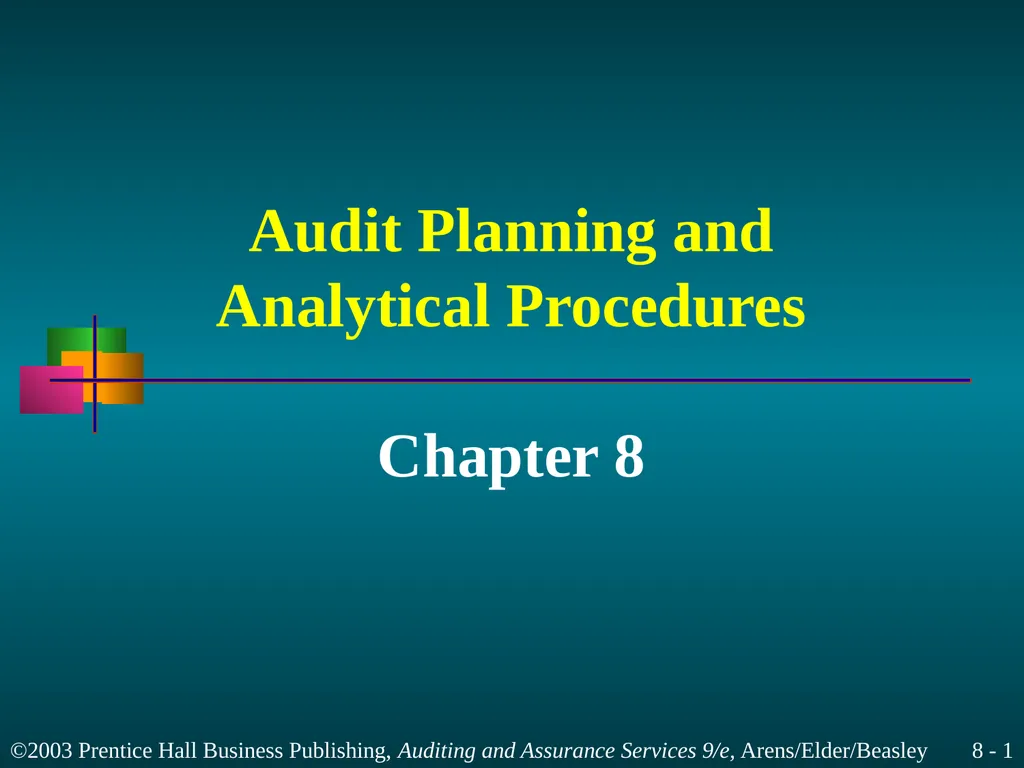
Audit Planning and Analytical Procedures Chapter 8
Author: lois-ondreau | Published: 2025-06-23
Description: Audit Planning and Analytical Procedures Chapter 8 Learning Objective 1 Discuss why adequate audit planning is essential. Planning The work is to be adequately planned, and assistants, if any, are to be properly supervised. Acceptable audit
Download Presentation
Download the PPT/PDF: Download
Transcript:
Loading transcript…